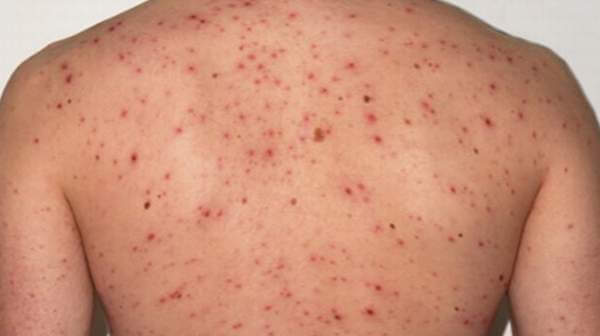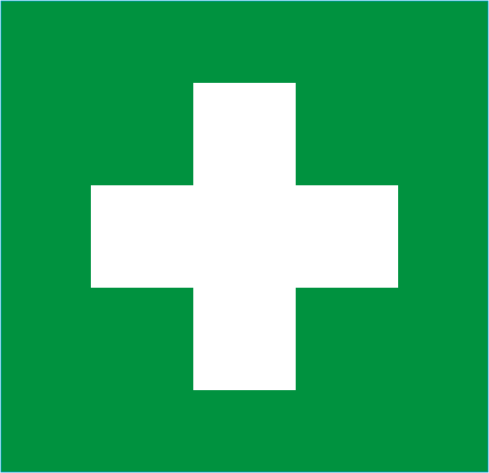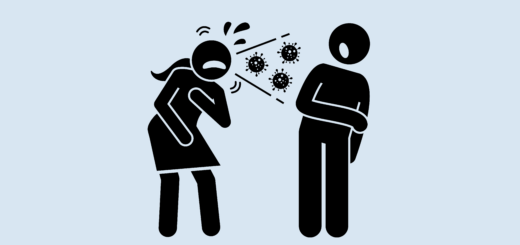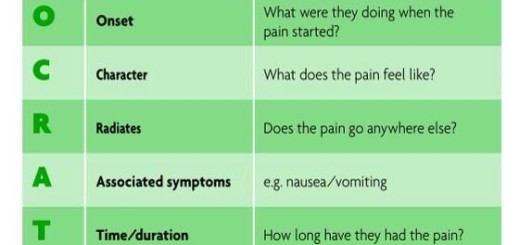First Aid Treatment for Chickenpox
Also known as varicella, chicken pox is a highly contagious viral disease characterized by fever (usually mild) and a rash (sometimes severe) consisting of tiny blisters or vesicles.
Caused by one of a group of organisms known as herpes viruses, it can occur at any age but is most common in childhood. In fact, most children have had chicken pox by the age of ten.
After one attack, the child is usually immune for life. However, the virus that causes chicken pox remains dormant in the body. Later in life, it can be reactivated, causing a painful outbreak of shingles, or herpes zoster.
Chicken pox itself is usually mild, but it can become severe in newborns and children whose immune systems have been weakened by cancer, cancer treatments, AIDS, or immunosuppressive therapy to prevent rejection of transplanted organs.
It can also cause severe complications, including pneumonia, in adults who escaped the infection during childhood. Epidemics of chicken pox occur in all seasons but are most common in winter and early spring.
What Causes Chickenpox?
Chickenpox is caused by the varicella zoster virus, which spreads from one person to another through droplets carried by air. An infected child can transmit the virus for several days, starting about 24 hours before the rash appears and ending as soon as all the bumps have crusted over. The disease can also be passed from mother to fetus during pregnancy.
Signs and Symptoms of Chickenpox
Chances are you will know that your child has been exposed to chicken pox before he develops any symptoms. Most schools and day-care centers send home notices informing parents as soon as one or more children come down with the illness.
Unfortunately, since the period of contagion usually begins before symptoms appear, there is really no way to avoid exposure during a community outbreak.
About two weeks after exposure to the chicken pox virus, the child may become cranky and develop a mild fever. Within a day or two, crops of tiny, red bumps will appear on the face, scalp, trunk, arms and legs. The rash may cover the whole body or only a small area. Chicken pox lesions often develop on the mucous membranes of the mouth, anus, vagina and urethra, which can cause greater discomfort.
Within several hours of the first symptoms, the red spots progress to fluid-filled, teardrop shaped blisters that are extremely itchy. The blisters begin to crust six to eight hours after they appear, but since new crops pop up over the next several days, it may take up to two weeks for all of them to break and form crusts.
Most children recover completely within two weeks. The rash usually leaves no scars, unless the skin was badly scratched and infection set in. Occasionally, tiny, white spots are left behind when the crusts fall off the skin. In time, however, the skin returns to normal.
Treatment of Chicken Pox
In mild cases, no treatment is usually required beyond rest and controlling the symptoms. Occasionally, there is a need for antihistamines to reduce itching or for antibiotics to treat skin infection.
When the disease is particularly severe or when it occurs in children with impaired immunity, the antiviral drug acyclovir may be given. When given early in the course of the illness, acyclovir may reduce the number of lesions and shorten the days of fever.
Preventing Chickenpox
There is no need to take drastic measures to prevent chicken pox in a healthy child; in fact, since the disease is much worse in older children and adults than in preschoolers, many parents feel that it is better to get it over with.
For certain people, however, chicken pox does constitute a serious threat. These groups include:
- Children with leukemia, immune deficiency or another debilitating illness
- Newborns whose mothers developed chicken pox around the time of delivery
- Adults who have never had the disease
- Pregnant women, particularly in the latest stages of pregnancy
People in these groups should avoid children who are currently ill or have been in contact with other children who have chicken pox. If exposure occurs, the doctor may recommend a preventive injection prepared from the serum of people recovering from shingles.
A chicken pox vaccine prepared from weakened, live varicella zoster virus has recently been approved for immunization of children and will soon be included in the immunization schedules. It is expected that, as has been the case with measles, the incidence of chicken pox will decrease dramatically.
Caring for a Child with Chickenpox
- To relieve itching, apply wet compresses or calamine lotion to the affected area. Colloidal oatmeal baths are also quite soothing.
- Keep the child’s fingernails short and clean; you may have to put cotton mitts on infants.
- Change the child’s clothing and bed linen daily.
- Bathe the child with soap and water at least once a day.
Seeking Urgent Help
Seek urgent medical advice if the child with chicken pox develops any signs or symptoms of complications, including:
- Increased redness and swelling in the area of a scratched blister, which could indicate a skin infection
- Confusion and loss of balance, which could indicate encephalitis, a frightening but usually short-lived complication
- Severe vomiting and confusion, which could indicate Reye’s syndrome, a very rare but serious potential complication






